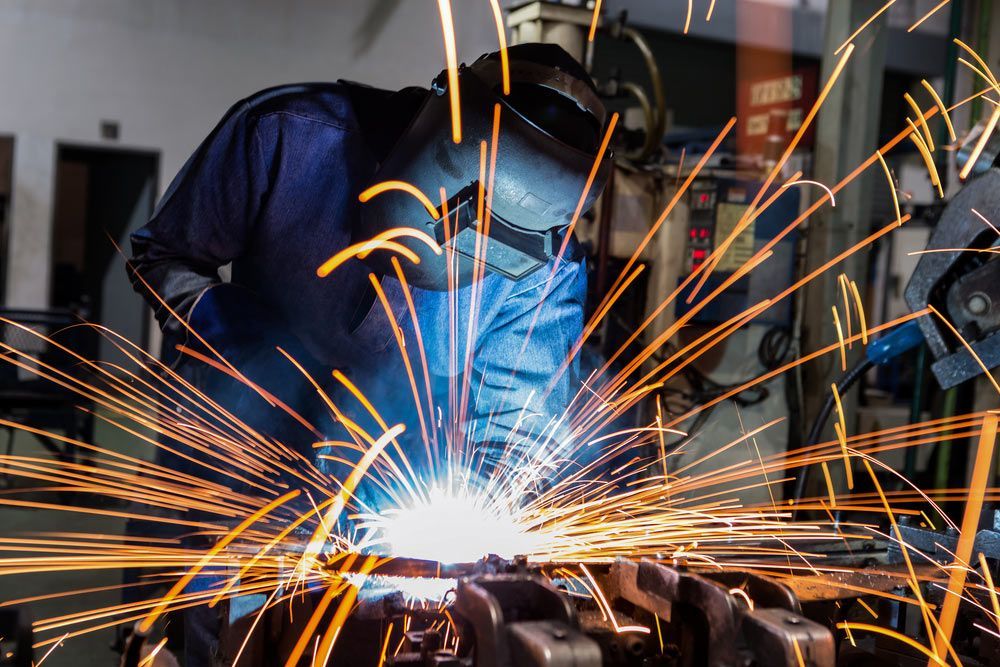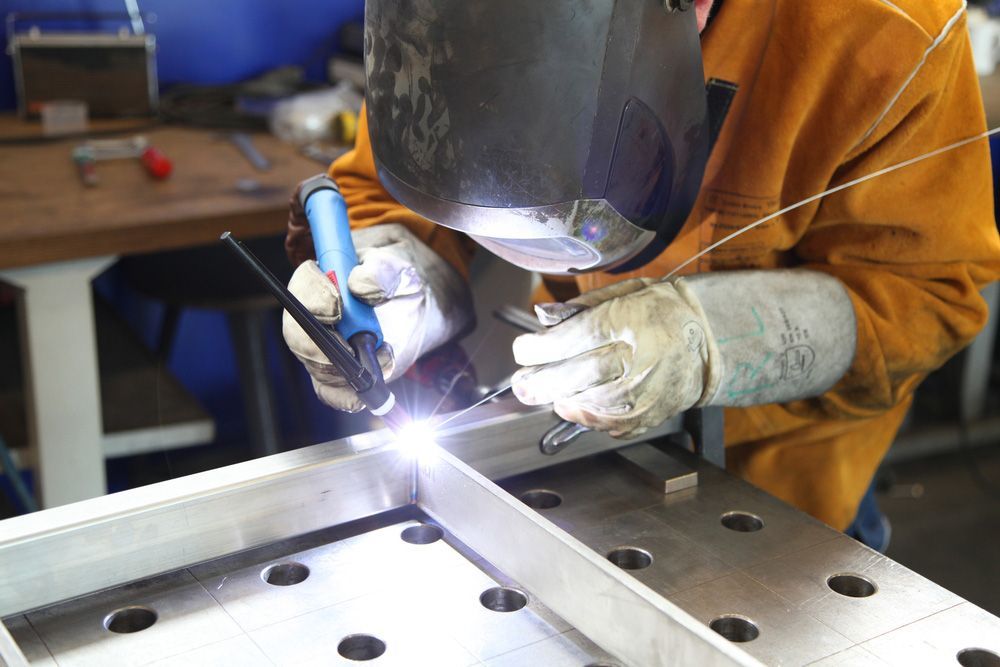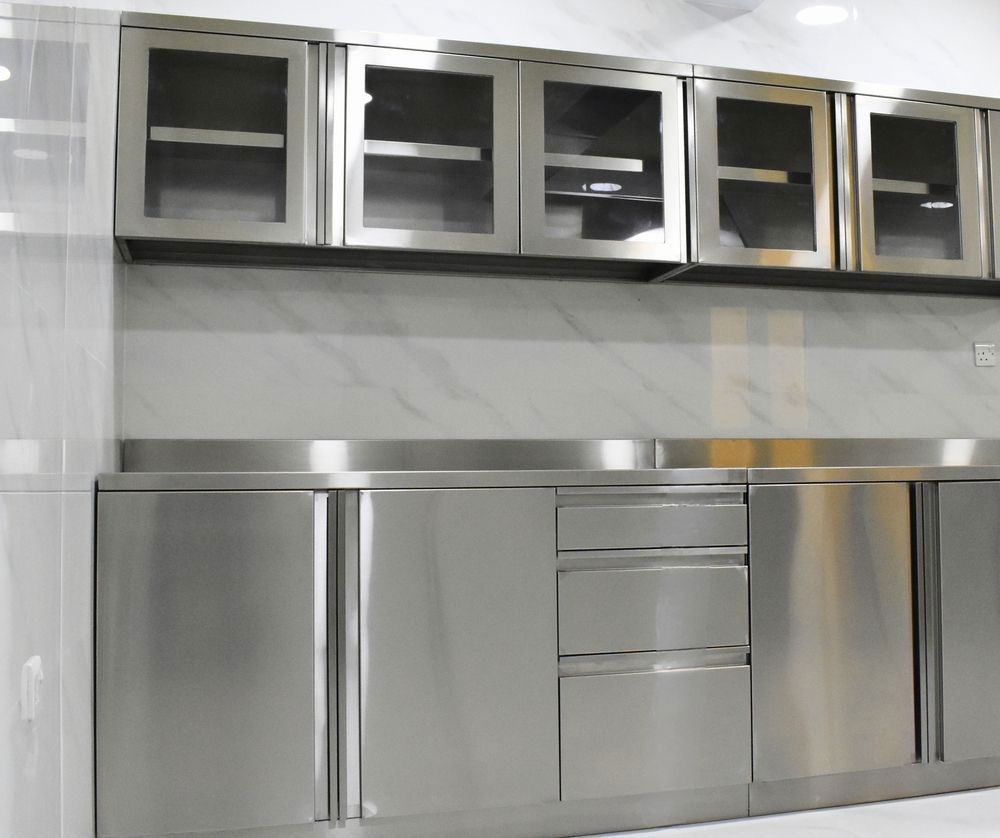How Stainless Steel Is Powder-Coated?
If you're shopping around for steel elements and steel fabrications, it's important to understand how steel fabrication works and how different techniques are used to strengthen and protect the steel you're using. In this article, we'll explore powder-coating: what it is, what it does, and how it works.
What is powder-coating?
Powder-coating is a process in which a powder made of pigment and resin is applied to a metal surface. The powder is then cured, usually with heat, to create a durable finish. It's often applied to metal railings, furniture and car parts.
Why is powder-coating applied?
Powder-coating is often used as an alternative to traditional wet paint finishes. It has several advantages over wet painting, including:
- Better durability: Powder-coated surfaces are more resistant to chipping, fading, and scratching than wet-painted surfaces.
- Improved appearance: Powder-coating can create a smoother, more consistent finish than wet painting.
- Eco-friendly: Powder-coating is a dry process that doesn't produce harmful emissions like volatile organic compounds (VOCs).
- Less likely to rust: The powder-coating makes metal elements less likely to rust and therefore more suitable for external use.
How is stainless steel powder-coated?
Stainless steel powder coating is applied using slightly different techniques depending on what type of steel is being used and what results are desired. Powder-coating is a multi-step process designed to protect and finish the steel.
Step 1: Pre-treatment
The first step in the powder-coating process is to clean the steel surface. This removes any contaminants that could interfere with the powder-coat adhering properly. After oil and dirt are removed from the surface of the steel, a phosphoric layer is created on the surface which helps the powder-coating to adhere to the steel.
Step 2: Electrostatic coating
In the electrostatic coating step, the powder coat is applied to the steel surface using an electrostatic gun. The powder particles are attracted to the metal surface because they are electrically charged. This method results in a very even coat of powder across the steel element.
Step 3: Decoration
In some cases, decorative treatments can be applied after the electrostatic coating to create visual effects. For example, the impression of wood grains or other patterns. This is done using a stencil or template.
Step 4: High-temperature curing
After the powder coat is applied, it needs to be cured or "baked" onto the surface of the steel. The curing process happens at high temperatures (usually at around 185 degrees) and hardens the powder coat so that it is durable and long-lasting. It's important during this step to maintain a consistent temperature for a period of time, often around 15 minutes, before being removed from the oven and cooled.
Get in touch
If you'd like to know more about sheet metal fabrications and treatments, contact us at Sheetmetal Improvements & Design today. We're your local experts in metal fabrication and powder-coating, and we offer our metal fabrication services across the Gold Coast.
To find out more, call us today on 07 5593 4183.
SITE LINKS
LICENSES
ABN: 26 699 030 510
Australian Industry Standard Certification Compliance
WHAT WE DO
OPERATING HOURS
- Monday
- -
- Tuesday
- -
- Wednesday
- -
- Thursday
- -
- Friday
- -
- Saturday
- Closed
- Sunday
- Closed
CONTACT INFORMATION
LICENSES
ABN: 26 699 030 510
Australian Industry Standard Certification Compliance







